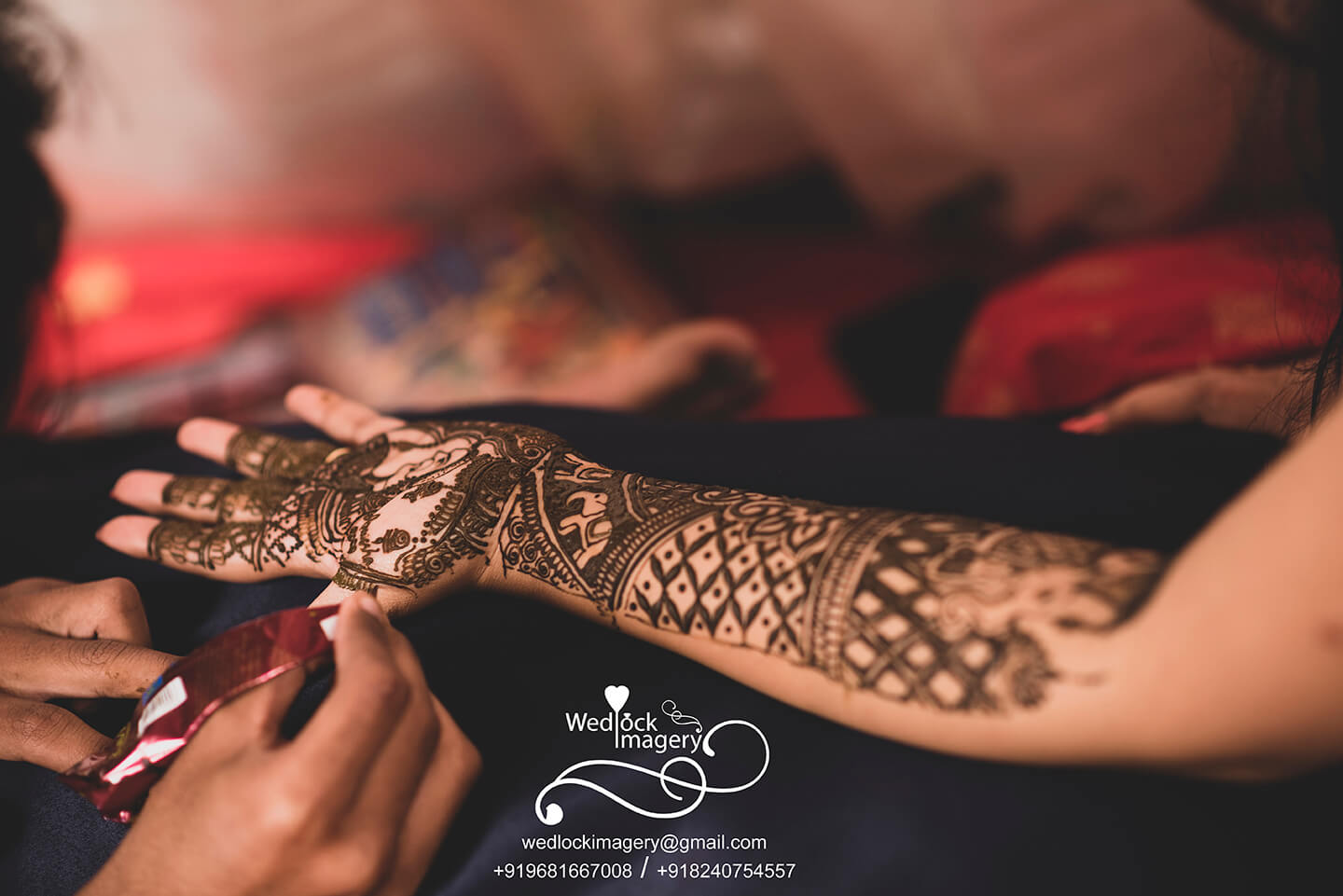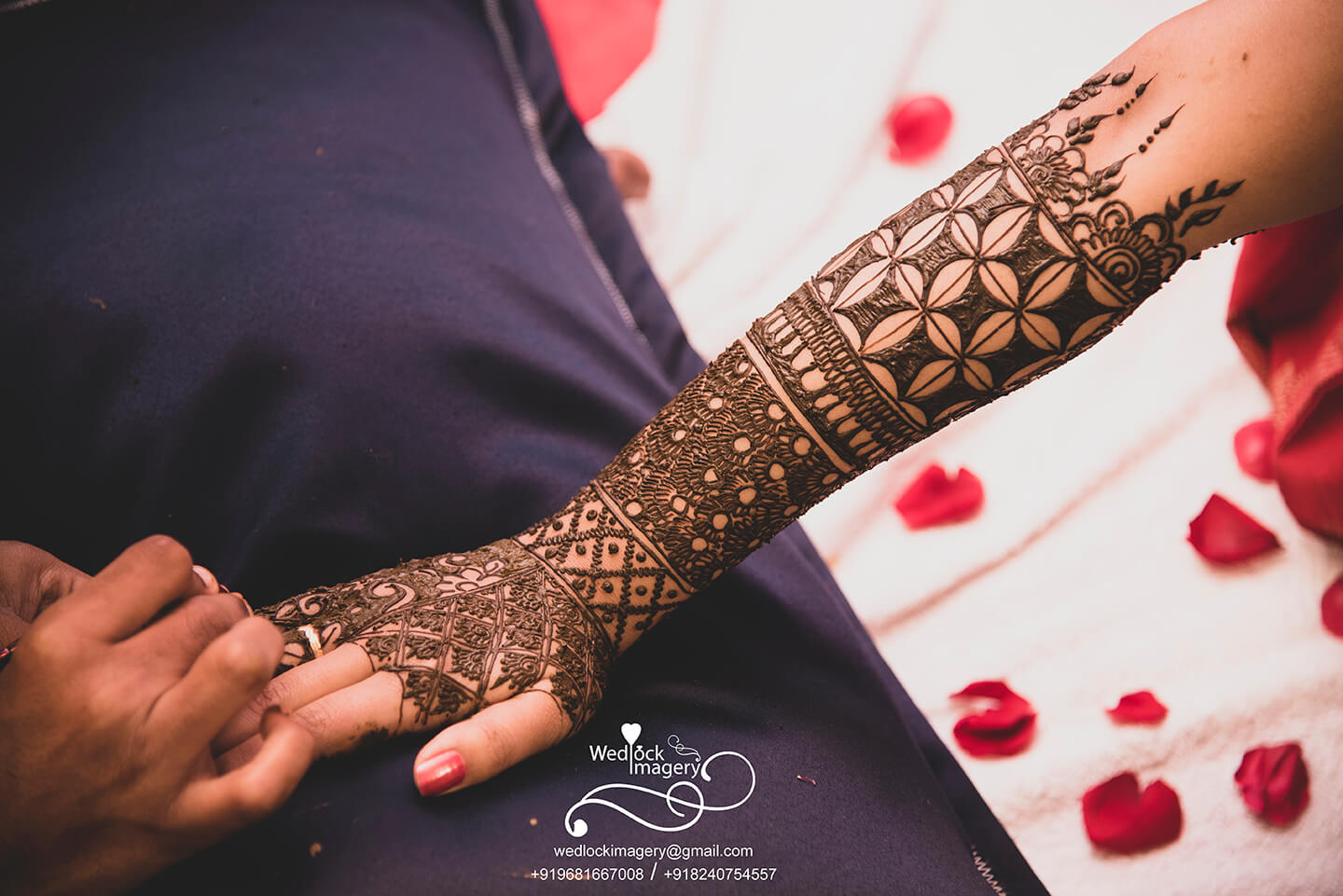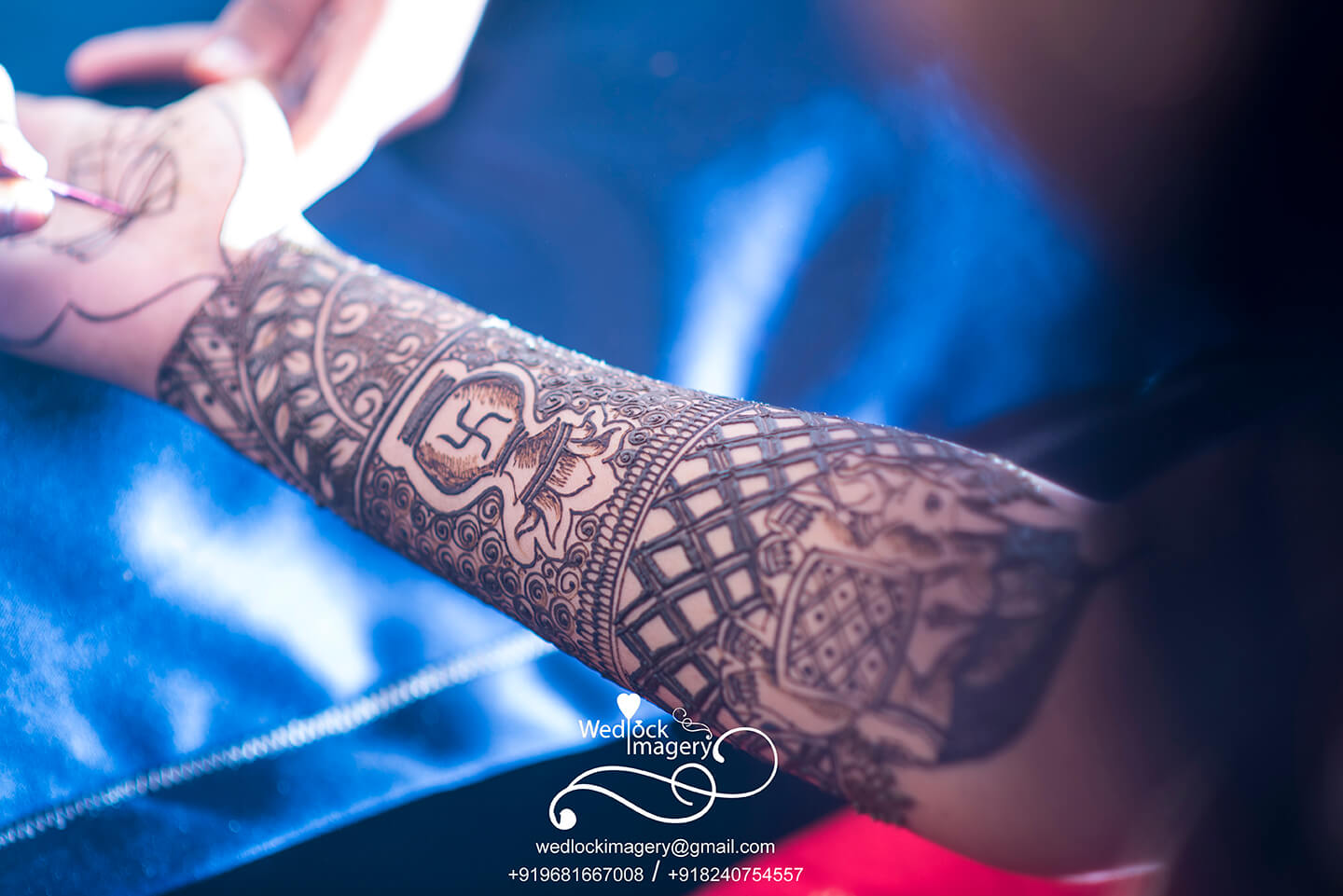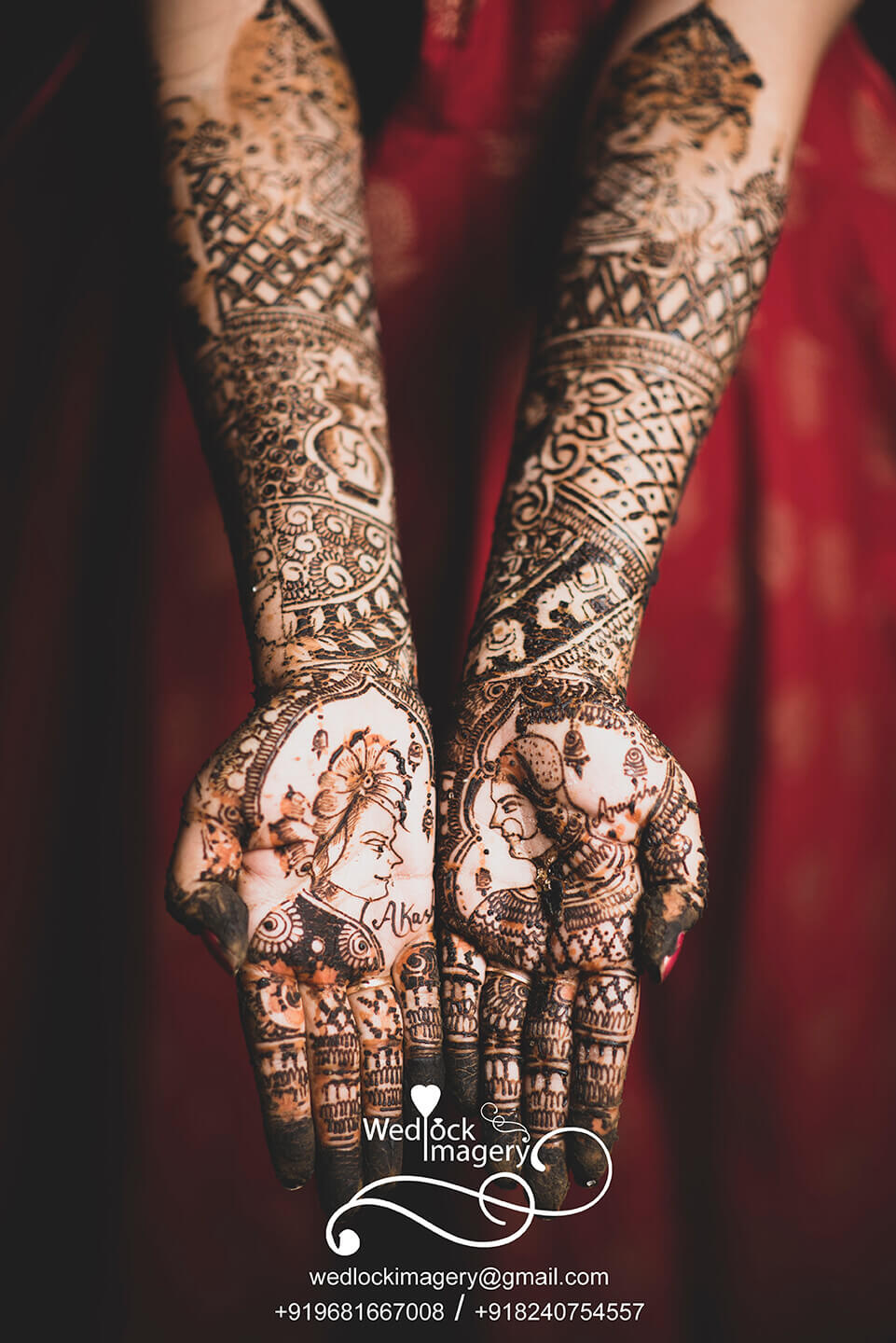Mehendi Hai Rachne Wali, Haathon Par Gehri Laali
16 Jan 2020
A Mehendi ceremony is an Indian wedding ritual that typically happens one or two days before the wedding. In a typical Mehendi ceremony, all of the women in the bride and groom’s families, along with close friends, gather together while the bride has elaborate henna designs applied to her hands and feet. Guests will usually get a few designs on their hands as well. Besides lending color to the hands, Mehendi is a very powerful medicinal herb. ...
Mehendi, otherwise known as Henna, is a paste associated with positive spirits and good luck. Indian Wedding tradition calls for a Mehndi ceremony to be held the night before the wedding as a way of wishing the bride good health and prosperity as she makes her journey on to the marriage.
The application of Mehendi can prevent too much stress because it cools the body and keeps the nerves from becoming tense. This is the reason why Mehendi is applied on the hands and feet, which house nerve endings in the body.
The English word for “Mehendi” is “Myrtle”. It is a paste obtained from grinding the leaves of the Myrtle shrub. It is also called, “Henna” or “Heena”.
Types of Mehendi: There are mainly 8 types of Mehendi designs from different cultures and origins. Indian Mehendi Design, Pakistani Mehendi Design, Arabic Mehendi Design, Indo- Arabic Mehendi Design, Moroccan Mehendi Design, Western or Contemporary Mehendi Design, Indo-Western Mehendi Design, African Mehendi Design.
The significance of Mehndi in Indian Marriages:
- Mehendi is a very powerful medicinal herb. The Application of Mehendi can prevent too much stress because it cools the body and keeps the nerves from becoming tense. This is the reason why Mehendi is applied on the hands and feet, which house nerve endings in the body.
Myth: i) If the mehndi produces a dark color, the deeper the bond between the bride and her husband or mother-in-law.
ii) Lemon sugar application after the mehndi is dry will produce dark colors.
iii) Mehndi isn't just for style. There's a reason the party occurs so close to the ceremony: Tradition says the deeper the color of the bride's mehndi, the happier the bride and groom's marriage will be. Designs symbolize various blessings, luck, joy, and love, Marsh says, adding that the groom's name is usually hidden somewhere in the intricate patterns.
















